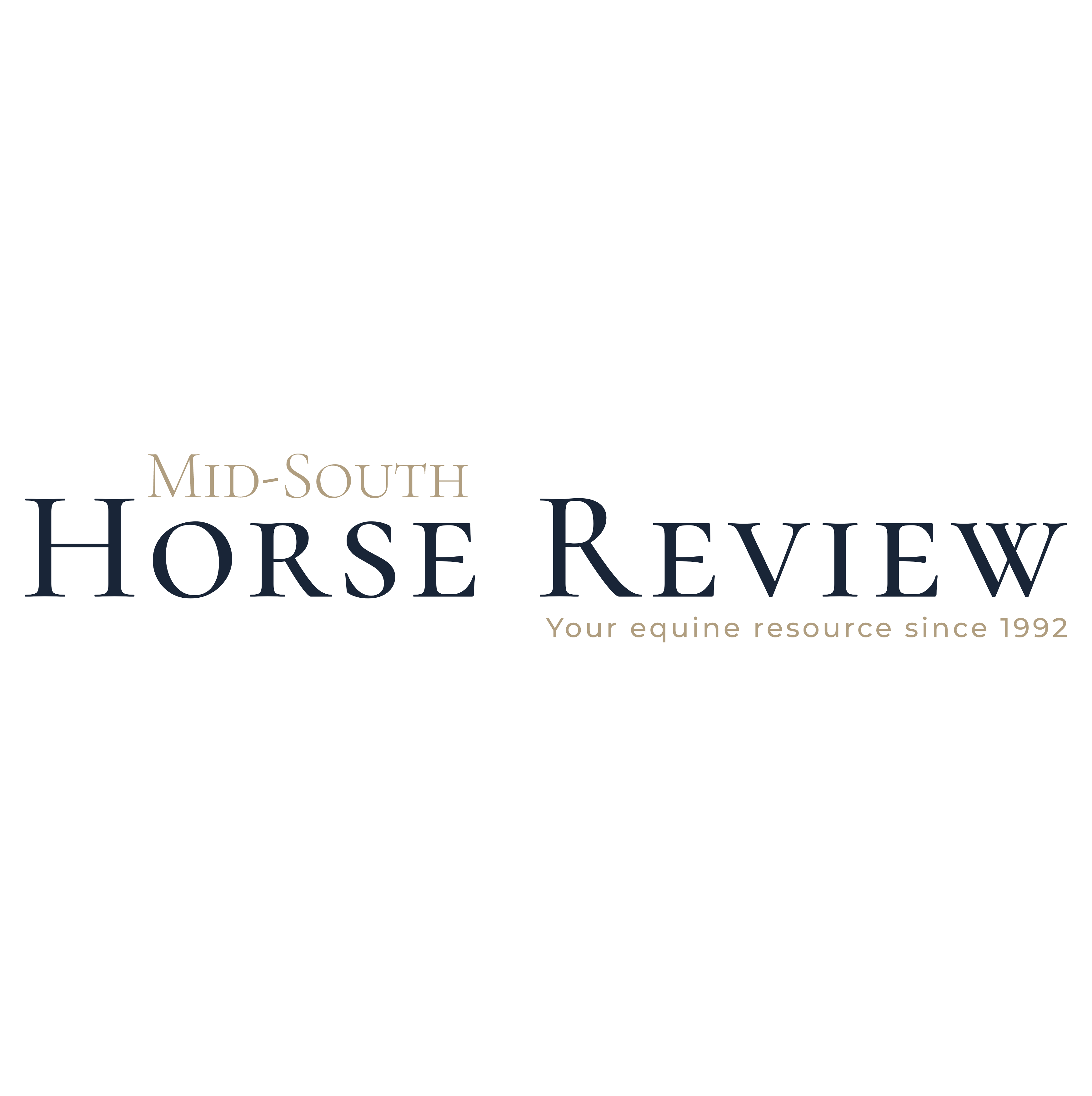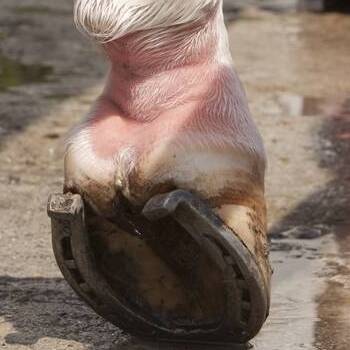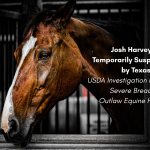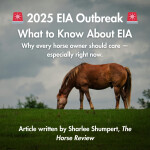Horse Health: Sponsored by Cornerstone Veterinary Services
Horse owners frequently turn to hoof supplements when faced with dry, crumbly, brittle, or chipped hooves, believing their horses must have a nutritional deficiency, usually a shortage of biotin or zinc. According to a comprehensive review of factors that hasten hoof deterioration, dietary excesses may play a greater role than originally thought.
Classic examples of how nutritional excesses cause laminitis include:
- The traditional carbohydrate or grain overload. In this scenario, a horse has accidentally ingested an excessive amount of carbohydrates, either by gaining access to an unattended grain bin or grazing excessively on lush pasture.
- Elevated circulating insulin, called hyperinsulinemia. Excessive insulin levels are often measured in horses with insulin dysregulation, metabolic syndrome, or pituitary pars intermedia dysfunction (PPID or Cushing’s disease). These horses are often, but not always, overweight.
In the latter example, imposing dietary restrictions may help prevent acute and recurrent laminitis.
“Feeding a hay-based diet with a low nonstructural carbohydrate content for horses with insulin dysregulation is often indicated. However, hay-only diets don’t always deliver optimal nutrition and supplementation is necessary,” explained Catherine Whitehouse, M.S., a nutritionist for Kentucky Equine Research.
Be careful, though, and consider all the nutrients in your horse’s diet before indiscriminately adding hoof supplements and ration balancers. Otherwise, you may be undoing all of your efforts to optimize hoof health.
As an example, let’s look at selenium.
Horses with chronic selenium toxicity present with poor hooves because selenium negatively affects keratinized structures. Long-term dietary intake of a mere 5-40 parts per million (ppm) can result in selenium toxicity. Pastures rich in selenium are seen in parts of the U.S., including Montana, Wyoming, Colorado, Utah, North Dakota, and South Dakota, as well as parts of Ireland. Often, however, excess selenium is considered iatrogenic (relating to illness caused by medical treatment), secondary to “overzealous supplementation.”
According to Whitehouse, “A detailed ration evaluation should be the first step in optimizing hoof health. Before adding a hoof supplement, make sure your horse’s basal nutrient needs are being met.”
If a hoof supplement is necessary, select a high-quality supplement that contains bioavailable ingredients such as biotin, zinc, and methionine.
“Many well-formulated hoof supplements are designed to be fed with a fortified feed,” Whitehouse explained. “When fed according to the manufacturer’s recommendations, these will not cause dietary imbalances, yet it is still important to consider all potential sources of vitamin and mineral fortification to prevent duplication and over supplementation.”
* Burns, T.A. 2021. Feeding the foot: Nutritional influences on equine hoof health .









